In the ever ongoing battle against cruel mutating viruses, degenerative diseases and potential pandemics, the pharmaceutical industry is evolving with eclipsing speed to ensure we have a healthy future. And while it’s always striving forward, AL Solutions has taken some time to pay homage to ten of the spectacular contributions the industry has given us over the past decade. In no particular order, let’s jump into our top ten pharma phenomenons.
Although the first partial face transplant was completed in 2005, Spanish surgeons surged science forwards by performing the first-ever full face transplant in 2010. This created a growing trend and shortly afterwards an operation including full face, tear ducts and eyelids was accomplished in France.
Since then, 40 transplants have been recorded across the globe with both Turkey and the United States contributing on multiple occasions. In one unusual case, Jérôme Hamon – dubbed the man with three faces – has had two transplants. Unfortunately, the first suffered from necrosis after he contracted a common cold. Thankfully, the second went smoothly. The 43-year old says he feels ’22 again’, after receiving the face of a 22-year-old donor.
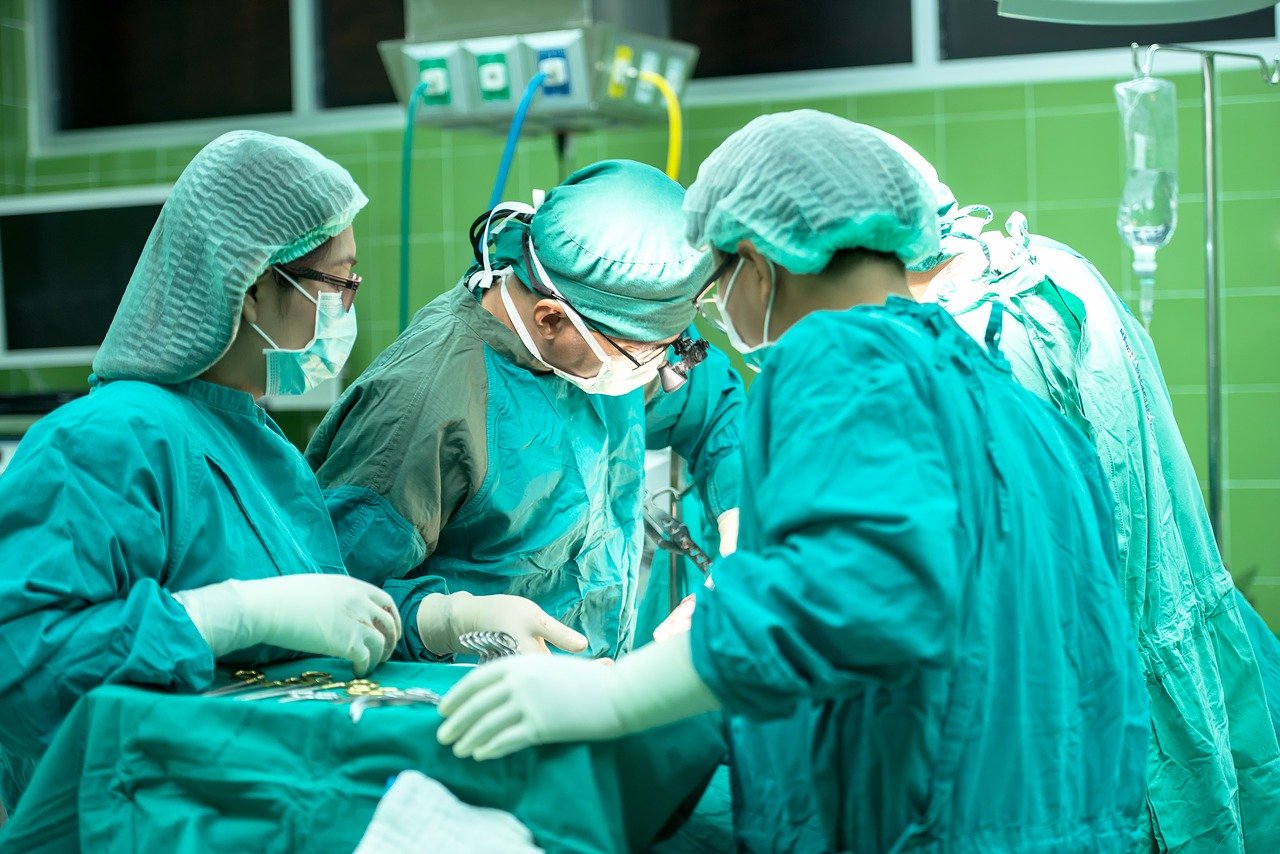
The new era of 3D printing has seen our imagination brought to life. Generally associated with the art and design industry, it’s been particularly beneficial to pharma. Patient-specific 3D printing puts out models of organs that allow physicians to holistically understand surgeries they are about to perform with greater precision.
While tech startups like Mediprint plan to produce more than 1,000 duplicate human organs by the end of this year, scientists predict revolutionary steps in the future. The next decade could see entire physical organs printed and used as functioning internal body parts using unique hydrogels. After injecting the gel with cells they act as templates gradually being replaced with a perfect natural replica of the organ in their place.
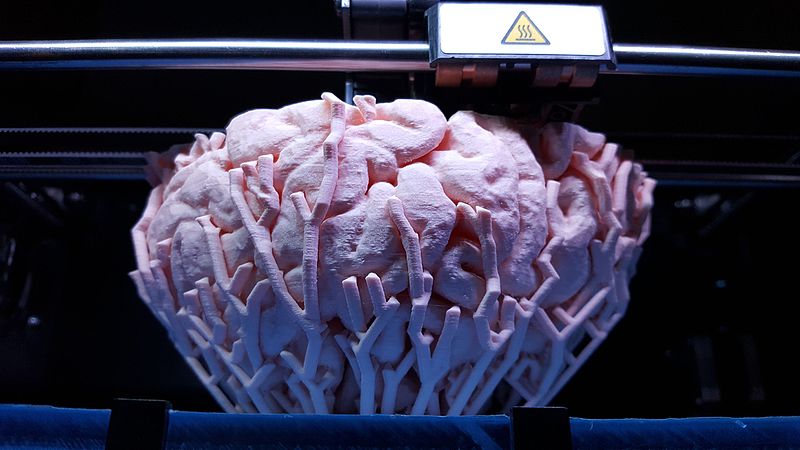
Although profoundly political, the legalisation of medical marijuana has seen rapid progress since California bucked the trend in 1996. Thanks to this bold step, the past decade has seen advancements in CBD research leading to a broadened diagnosis spectrum. The drug, which was initially used by patients with HIV/AIDS, cancer, and chronic pain, is now used to treat fibromyalgia, epilepsy, Alzheimer’s, and post-traumatic stress disorder (PTSD). Even the American Veterinary Medical Association reports the positive effects the drug has had on ailing animals.

Today an estimated 40,000 people are diagnosed with Type 1 diabetes each year. 200,000 people under the age of 20 have Type 1 diabetes. So before Medtronic’s MiniMed 670G was approved by the FDA in 2016, people with diabetes were required to test their blood glucose levels multiple times per day and regulate with insulin shots. The incredible medical device, or MiniMed, uses a sensor implanted in the abdomen or arm to read a patient’s blood glucose levels every five minutes. It then transmits information to a pump on the stomach that controls the amount of insulin released, creating an “artificial” pancreas.
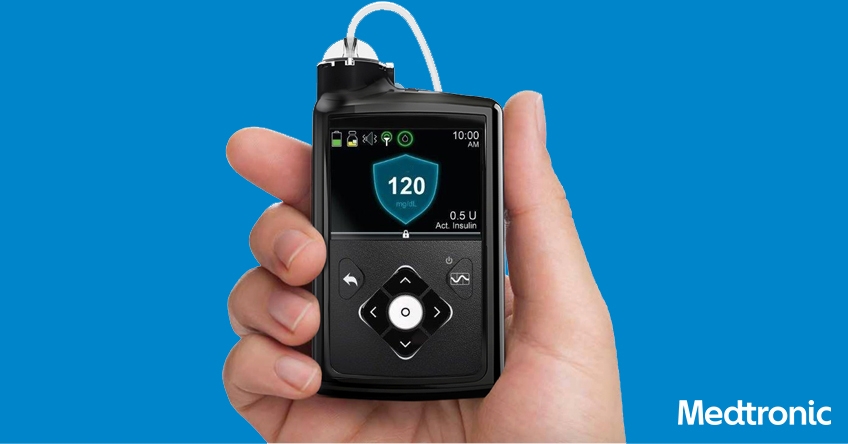
Let’s put the pressing effect of opioids (painkiller) into perspective; not only has the death toll more than tripled in the last five years, but America has seen its life expectancy decrease due to this problem alone. As the U.S. battles an ever raging epidemic against opioids, there seems to be hope on the horizon.
Probuphine, an implant to treat opioid dependence, has been approved by the American FDA. It automatically administers low doses of Buprenorphine to opioid-dependent patients to support their recovery process. Users are unable to abuse Probuphine through excessive consumption, which is the problem with Buprenorphine as it comes in the form of a tablet. Although this doesn’t prevent the root cause of the problem, it will undoubtedly reduce the chance of prolonged addiction and overdose.
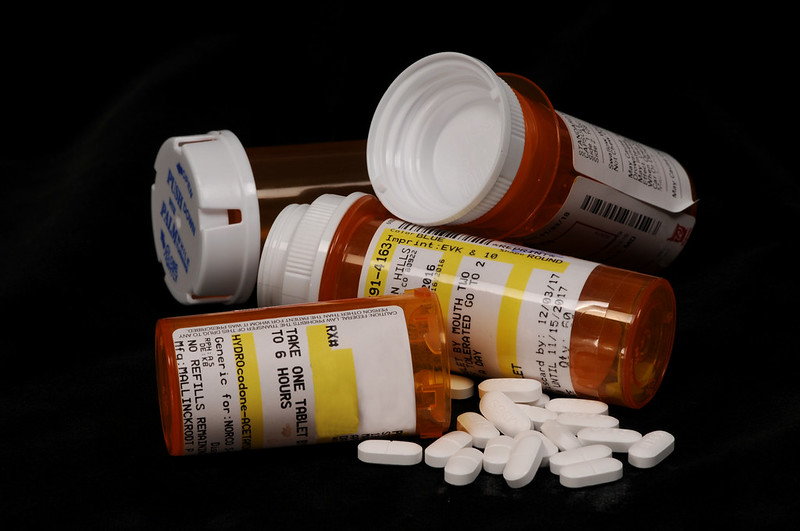
Yes, you heard it right. Transplanting gut bacteria from a healthy subject into a patients colon is offering a wealth of benefits and to a variety of conditions. Its use has already helped successfully treat people infected with C. difficile, which is a type of infectious diarrhoea responsible for around 15,000 deaths each year.
Although its most common use is replacing bacteria for those who have had complications with prolonged use of antibiotics, its latest trials look to drive a tidal wave of promising treatments. Recent experiments are testing its effectiveness against conditions such as chronic fatigue syndrome, Parkinson’s disease, autism and irritable bowel syndrome.
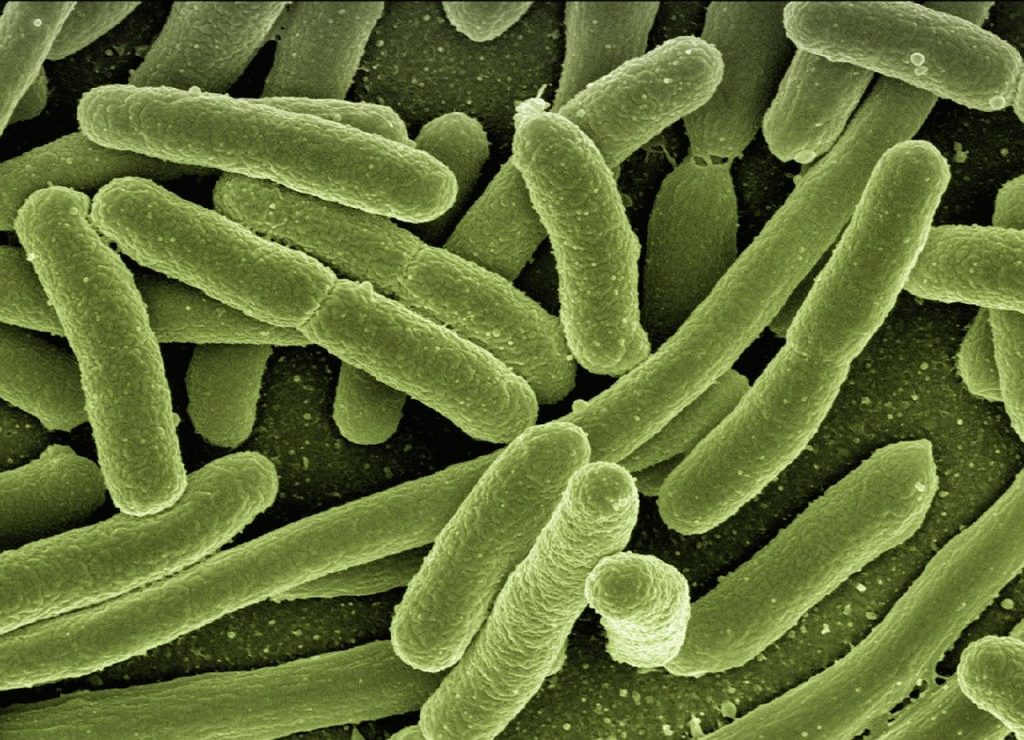
Gene therapy holds extraordinary potential as a method that could replace traditional treatments for cancer such as radiation, chemotherapy and surgery. By modifying patient’s DNA to treat disease, rather than just treating the symptoms like most drugs on the market.
The possibilities of gene therapy are endless, as it looks to rewrite our very genetic makeup. Developments in technology are encouraging progress in the prevention of stem cell and muscle-mass depletion, which could significantly slow the human ageing process. In 2017 gene therapy cured a teenage boy with sickle cell disease, it seems this therapy area is the gift that keeps on giving.

Hepatitis C is a potentially fatal disease that causes 12,000 deaths every year. Its devastating effects can cause cancers of the liver and lymphomas. 30% of sufferers are incurable, and the luckier victims have to undergo a substantial anti-viral-drug treatment program that lasts for nearly a year and causes gruesome side effects.
The breakthrough drug Sofosbuvir has a 95% cure rate, and the program is complete in 12 weeks! What’s more, it acts against all six strands of Hepatitis C and has minimal side effects. A real win for pharma.

Since California-based company, Second Sight’s produced their rendition of an artificial eye in 2013 we’ve seen some considerable breakthroughs in replenishing the miracle of sight. While it doesn’t fully restore regular sight, it does enable certain patients to attain a level of vision, and some patients have even been able to see colour.
More recently, in late 2018, Bionic Vision Technologies Pty Ltd (BVT) announced medical researchers had successfully restored a sense of vision in four blind people with its bionic eye as part of a clinical trial in Melbourne. The device is composed of a coiled antenna that sits on the back of the wearer’s head and transmits information from a camera into the brain, bypassing the wearer’s sightless eyes altogether.

Developments in technology have done wonders for medicine. In 2017 the FDA approved smart pills, which contain tiny embedded sensors that alert a patch placed on patients skin after ingestion. Combined with a convenient app on your smartphone, users can now check whether they’ve already taken their medication.
People with schizophrenia and other mental disorders have already been reaping the benefits. However, the advantages could be far further reaching. An American study in the New England Journal of Medicine estimates lack of adherence to prescriptions causes approximately 125,000 deaths, at least 10% of hospitalisations and costs the American health care system between $100 billion and $289 billion each year.
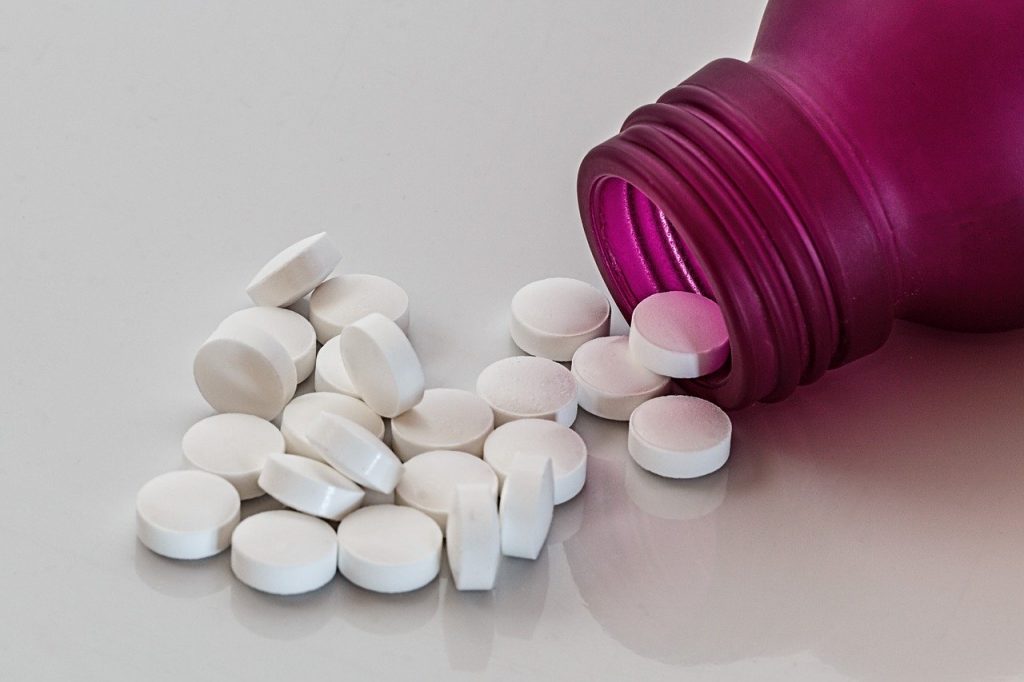
About AL Solutions
We understand that the future of medicine starts with today’s talent. So it’s become our mission to connect client and candidates across the globe through a seamless service. We find the people; you find the cure.
Useful Links
Contact us
18 King William St,
London EC4N 7BP
+44 (0) 203 778 0909
office@alsolutions.co.uk
© 2023 AL Solutions | +44 (0) 203 778 0909 | office@alsolutions.co.uk
| Cookie | Duration | Description |
|---|---|---|
| cookielawinfo-checkbox-analytics | 11 months | This cookie is set by GDPR Cookie Consent plugin. The cookie is used to store the user consent for the cookies in the category "Analytics". |
| cookielawinfo-checkbox-functional | 11 months | The cookie is set by GDPR cookie consent to record the user consent for the cookies in the category "Functional". |
| cookielawinfo-checkbox-necessary | 11 months | This cookie is set by GDPR Cookie Consent plugin. The cookies is used to store the user consent for the cookies in the category "Necessary". |
| cookielawinfo-checkbox-others | 11 months | This cookie is set by GDPR Cookie Consent plugin. The cookie is used to store the user consent for the cookies in the category "Other. |
| cookielawinfo-checkbox-performance | 11 months | This cookie is set by GDPR Cookie Consent plugin. The cookie is used to store the user consent for the cookies in the category "Performance". |
| viewed_cookie_policy | 11 months | The cookie is set by the GDPR Cookie Consent plugin and is used to store whether or not user has consented to the use of cookies. It does not store any personal data. |